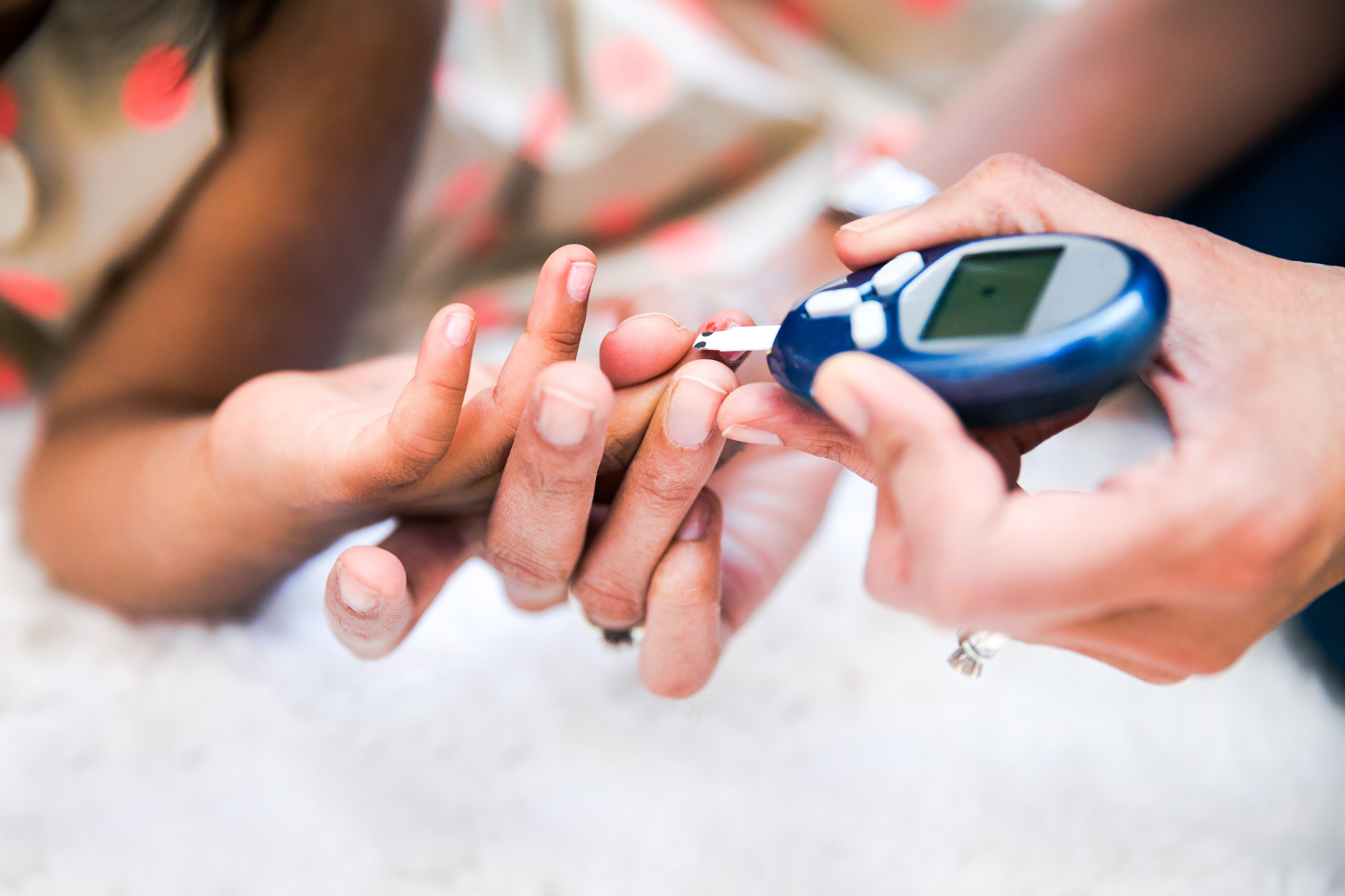Giving insulin to a child can be stressful for parents. This page outlines some tips for managing insulin injection and answers some safety-related questions.
Who should give the injection?
In many families, one person takes on most of the responsibilities for injections. But what happens when that person is not there? It is important for all regular caregivers to share responsibility for giving the injection. Your child should feel safe and confident with any of them. Single-parent families should get the help of a friend or relative. Some families work out a schedule. One parent might take care of the morning injections while the other parent looks after evening injections.
Sharing the responsibilities will help cope with the daily demands of diabetes and prevent caregiver burnout.
How old do children have to be before they can give their own injections?
There is no magic age at which children are suddenly able to give their own injections. Generally, by 9 or 10 years of age they have the physical ability to draw up and give their own insulin. However, children this age may lack judgment. They usually need you to supervise them into their teenage years. This means that you need to watch your child prepare the dose and insert the needle, check the expiry date on the insulin bottle, and remind your child to use different injection sites.
Even at younger ages, many children are curious and want to take part in some aspects of the routine. Eventually they will reach the age when they want to go on sleepovers or spend more time away from home. Then they must show that they can safely manage their own diabetes routines. This is a gradual process for both parents and child.
What if some insulin leaks out of the injection site?
When insulin leaks, do not try to guess the amount lost and replace it; you run the risk of giving too much insulin and causing a low blood sugar (hypoglycemic) event. Note it in your logbook and take it into account if the next blood check is high. In the meantime, here are a few tips to reduce such problems:
- When using a pen to give insulin: You might be required to pinch the skin, depending on the size of the pen needle tip and how slim the child may be. After inserting the pen needle into the skin and pressing down on the plunger, hold it there and count slowly to 10, then remove the pen needle.
- When using a syringe to give insulin: Let go of the pinched skin before removing the needle to avoid squeezing the insulin back out. When you let go, the skin will fall back into place and cover the needle track.
What does it mean if there is bleeding or bruising at the injection site?
This can happen from time to time. It is not harmful. It usually means that the needle has nicked a tiny blood vessel. To reduce the chance of bruising, apply gentle pressure to the site with a dry piece of cotton or a clean finger after injecting. Also, be careful not to pinch the skin too tightly or insert the needle too slowly. If you have too much bruising, ask your diabetes team for advice.
What causes the injection site to be red and itchy?
Some children may be sensitive to one of the components of the insulin solution. The redness you see is probably a hive (a localized allergic reaction). Changing the brand of insulin may help. In most cases the child eventually builds up a tolerance to the insulin and the reaction goes away.
In rare cases, it may be an allergic reaction to insulin. Speak to your diabetes team.
What happens if you accidentally give too much insulin?
If you have given too much insulin, contact your health-care team. You will need to check your child’s blood sugar levels every one to three hours. Set your alarm to wake you up through the night if necessary. You will need to give your child extra food to prevent blood sugar levels from falling too low.
What would happen if an air bubble was accidentally injected into your child?
It is not harmful to inject an air bubble under the skin. However, if you are injecting air rather than insulin, your child will not be getting the full dose, which might cause a high blood sugar reading later.
